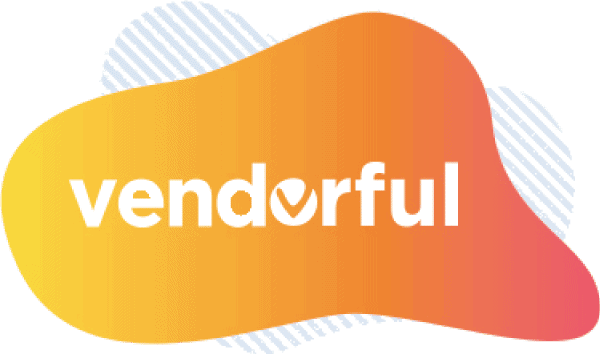
One of our users – let’s call her Anna – won the assignment to head up a new supplier diversity program at her company. She had authority to drive actions, budget to get things done, and clear targets for diverse supplier spend. She got to work.
There was one small problem. When Anna asked “what are we spending with diverse suppliers today?” the answer came back “we don’t know.” How can you know how far you have to go to reach your goal if you don’t know where you’re starting?
Anna’s story isn’t unique. Procurement teams increasingly face mandates beyond cost savings. These include Environmental, Social and Governance (ESG) goals, risk reduction, supplier innovation, performance optimization, compliance enforcement, and other complex tasks.
However, they also frequently deal with poor or non-existent tools for understanding their supply base. Even basic questions like “How much of our spend is currently allocated to diverse suppliers?” are hard to answer without a lengthy manual data collection process.
In order to meet these new mandates, Procurement teams need better visibility into the supplier base.
Benefits of improved supplier visibility
Organizations enjoy several benefits from improved supplier visibility:
- A complete picture of supplier performance and supplier risk. This includes a holistic view of financial stability, ESG factors, country risk, customer churn, and other measures.
- Alignment between performance, risk and spend. As a result procurement teams make informed recommendations about where to allocate business.
- Better goal tracking. Teams can take the guesswork out of whether they are meeting their objectives and monitor data in real time.
- Improved compliance. Breaking down internal silos ensures that compliance enforcement is a global process.
Problems that arise from poor supplier visibility
Conversely, major problems can arise when organizations lack sufficient visibility into their supplier base:
- Poor visibility into supplier performance: Vendor performance assessments are manual – with intensive Excel and email data collection work – if they’re done at all. As a result, assessments are infrequent, incomplete, ad hoc, or all of the above.
- Poor visibility into supplier risk: Vendor risk management is reactive rather than proactive. Therefore risk management frequently addresses problems after they happen, and mitigates risks on an ad hoc basis.
- Decisions driven by intuition rather than data: Because procurement and supply chain teams lack supplier visibility, they’re also working with incomplete data sets. This leads to suboptimal decision making around spend allocation as it relates to performance and spend.
- Siloed supplier relationship management: Because of the lack of a centralized system or repository for supplier information, procurement and supply chain teams often end up managing supplier relationships in silos. This leads to duplication of effort, inconsistency in approach, and communication breakdowns.
- Inconsistent or nonexistent supplier compliance tracking: Without visibility into supplier performance and a shared understanding of contract terms, it’s difficult to track whether suppliers are meeting their contractual and regulatory obligations. That puts the organization at risk if critical suppliers are not adequately monitored.
The path to becoming a supplier visibility leader
There are three stages on the path to full supplier visibility, and they don’t all need to be done at once:
- Develop a shared source of truth about vendor relationships. This means creating a centralized database of supplier information that can be accessed by the whole Procurement team and key stakeholders outside of Procurement and Supply Chain.
- Analyze supplier performance on quantitative and qualitative measures across the organization. This will help identify areas where improvement is needed.
- Apply business intelligence to data collected in steps 1 and 2 to visualize supplier performance and risk. Simply stated, data captures what is happening right this second, whereas business intelligence uses historical data to make predictions on future trends and problems. Early detection of issues and trends can help you avoid them becoming troubles later.
Organizations need to have visibility into their suppliers in order to manage them effectively. Without visibility, procurement and supply chain teams will suffer from several critical problems.
Conversely. organizations that improve supplier visibility will be able to make better procurement decisions, improve goal tracking, and ensure compliance. Procurement and Supply Chain teams can no longer afford to suffer from poor visibility into their supplier base.
By taking these steps, organizations can begin to improve their supplier visibility and reap the many benefits that come with it.
